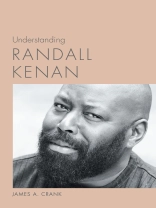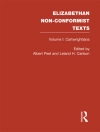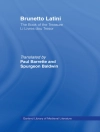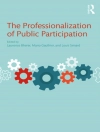The first book-length study of the life and writings of the critically acclaimed Southern writer
Randall Kenan is an American author best known for his novel A Visitation of Spirits and his collection of stories Let the Dead Bury Their Dead, which was a finalist for the National Book Critics Circle Award, was a nominee for a Los Angeles Times Book Prize for fiction, and named a New York Times Notable Book. He is the recipient of a Guggenheim Fellowship, as well as the Whiting Writers Award, Sherwood Anderson Award, John Dos Passos Award, Rome Prize, and North Carolina Award for Literature.
Understanding Randall Kenan is the first book-length critical study of Kenan, offering a brief biography and an exploration of his considerable oeuvre—memoir, short stories, novels, journalism, folklore, and essays. Kenan’s writing can be complex and sometimes highly stylized while covering a broad range of topics, though he often explores African Americans’ complicated relationships, specifically as they struggle to make connections along other axes of class, gender, and sexual identity. Crank explores these themes and how they influence Kenan’s work through a personal interview with the author.
Cuprins
Series Editor’s Preface
Preface: Remembering Randall Kenan (1963-2020)
Acknowledgments
1. Understanding Randall Kenan
2. A Community of Witches
3. Speaking for/Speaking to the Dead
4. Brother Baldwin and the Shadow of Tims Creek
5. Afterword: Randall Kenan Takes Flight
Appendix A: Writing B(l)ack: An Interview with Randall Kenan
Appendix B: Tims Creek Genealogy
Notes
Selected Bibliography
Index
Despre autor
James A. Crank is an associate professor of American literature and culture at the University of Alabama, a National Humanities Center Fellow, and cohost of the podcast The Sound and the Furious. His essays have appeared in Agee Agonistes: Essays on the Life, Legend, and Works of James Agee and Southerners on Film: Essays on Hollywood Portrayals since the 1970s. Crank’s books include Understanding Sam Shepard, New Approaches to Gone with the Wind, and Race and New Modernisms.












